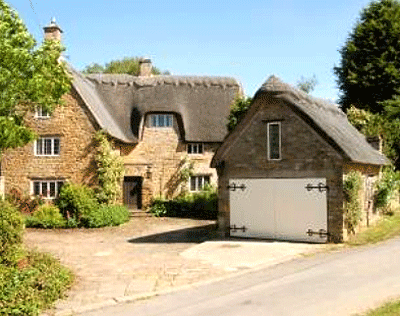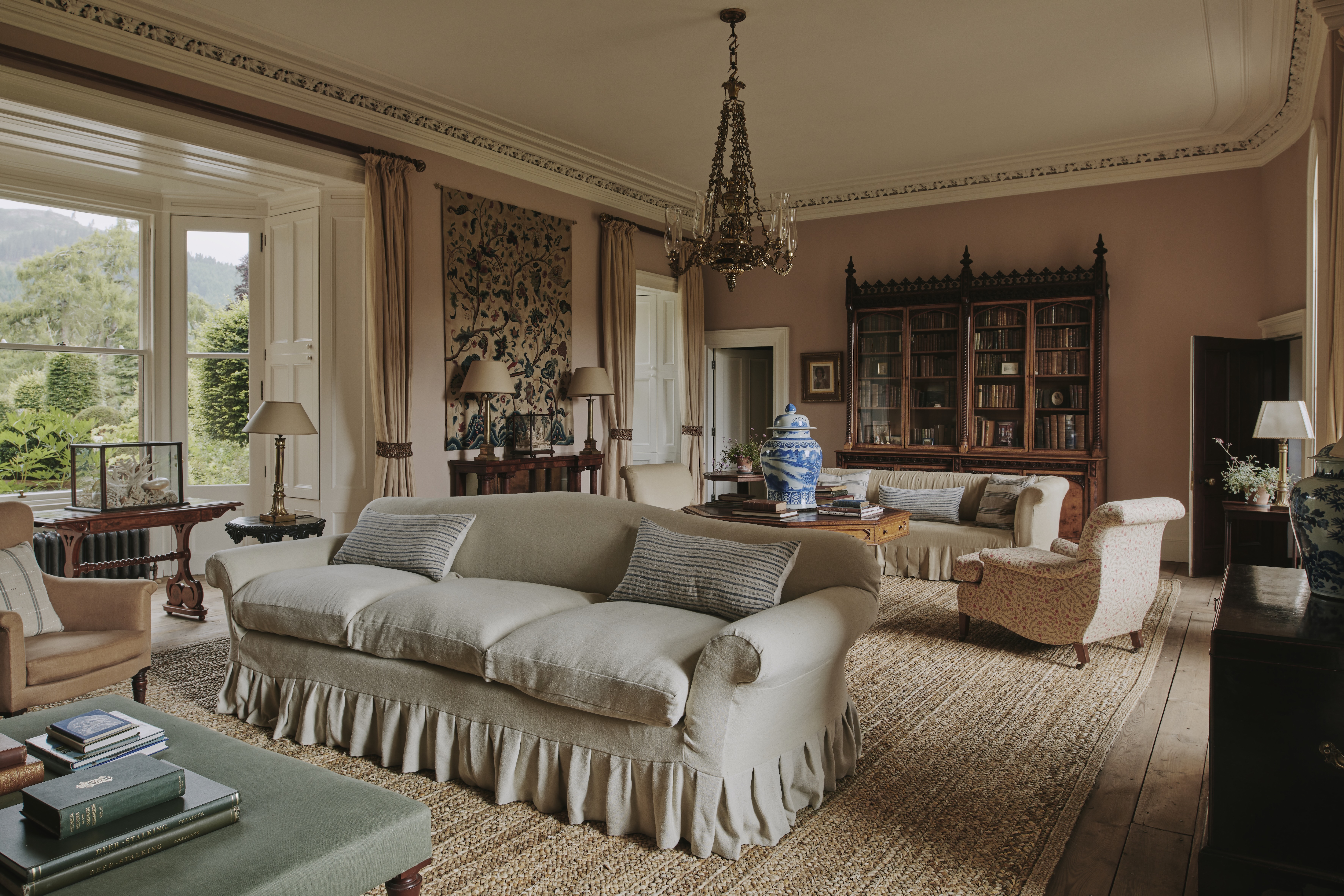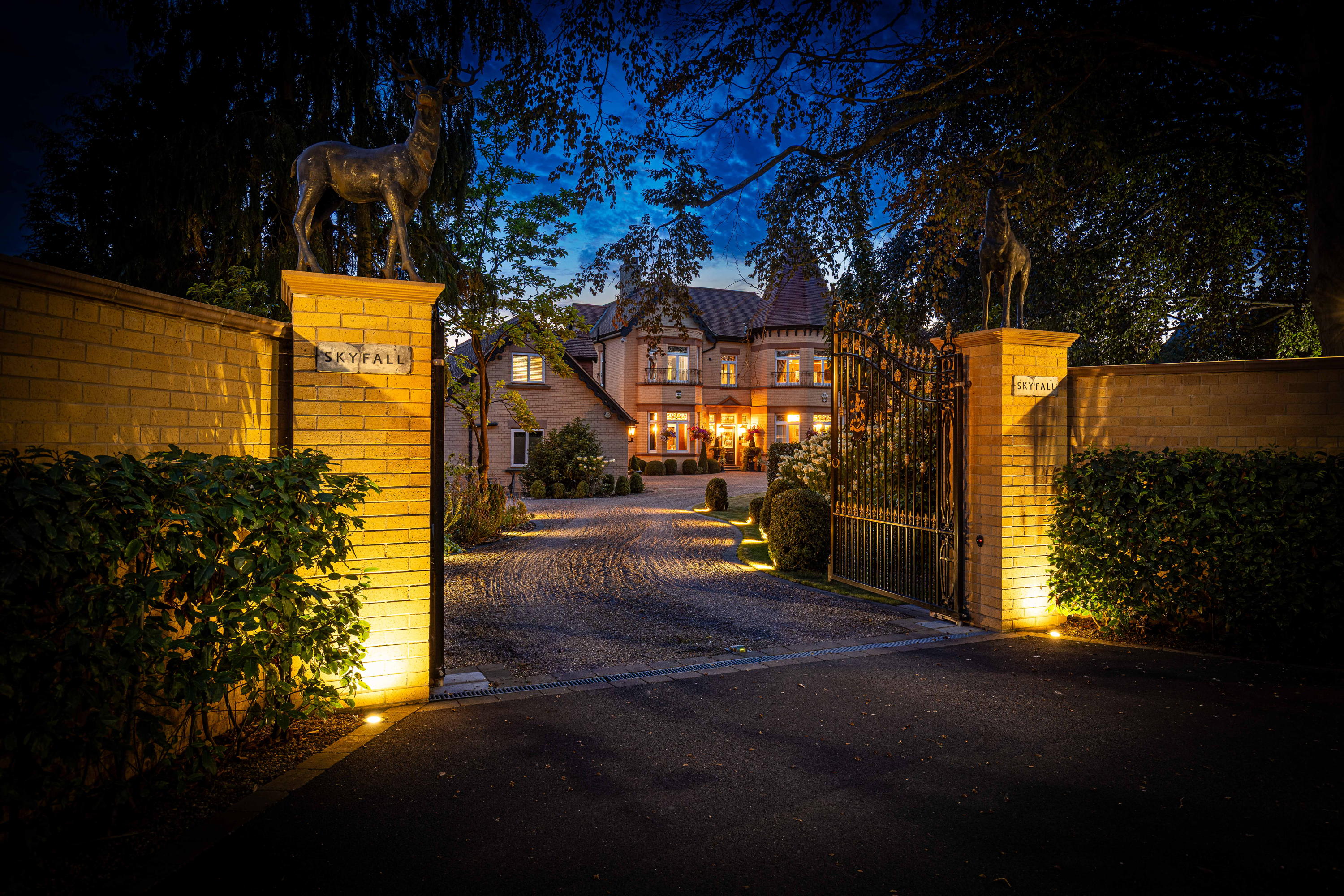Late 17th century house in Upper Brailes
This attractive stone house dates back to the 17th century, and is situated just three miles from Shipston-on-Stour

A very handsome late 17th century house, this wonderful property is located on the outskirts of the pretty village of Upper Brailes; the house was built in the late 17th century of local stone and is set in over half an acre.
Originally thought to have been three cottages which were later merged the house now provides some excellent family accommodation in this desirable part of the country.
Accommodation is arranged over three floors and in total comprises: entrance hall, cloakroom, sitting room, dining room (both with inglenook fireplaces), kitchen/breakfast room, boot room and four bedrooms plus a family bathroom.

* Subscribe to Country Life and save up to 30%
Outside the rear gardens are bordered by mature trees and an extensive paved terrace leads to a meandering pathway through the garden lined with silver birch trees.
Upper and Lower Brailes are adjoining villages and provide good local amenities including two pubs and a fine 13th century church. The Shipston is just three miles distant and the house is situated in the south Warwickshire countryside on the border of north Oxfordshire and close to the north Cotswolds.
Exquisite houses, the beauty of Nature, and how to get the most from your life, straight to your inbox.
The guide price is £875,000. For further information please contact Seccombes on 01608 663 788 or visit www.seccombes.co.uk.
* Country Houses for sale in Warwickshire
* Follow us on Twitter
-
 How do you make a 300-year-old Baronial castle fit for modern-day living?
How do you make a 300-year-old Baronial castle fit for modern-day living?A mix of sympathetic colours and elegant furniture has brought new life to this impressive space at Aldourie Castle.
By Rosie Paterson Published
-
 Look around this James Bond-themed house for sale in Nottinghamshire and release your inner MI6 agent
Look around this James Bond-themed house for sale in Nottinghamshire and release your inner MI6 agentNow, come, come dear reader, you get as much fulfilment out of Skyfall as I do, so why don't you admit it?
By James Fisher Published

